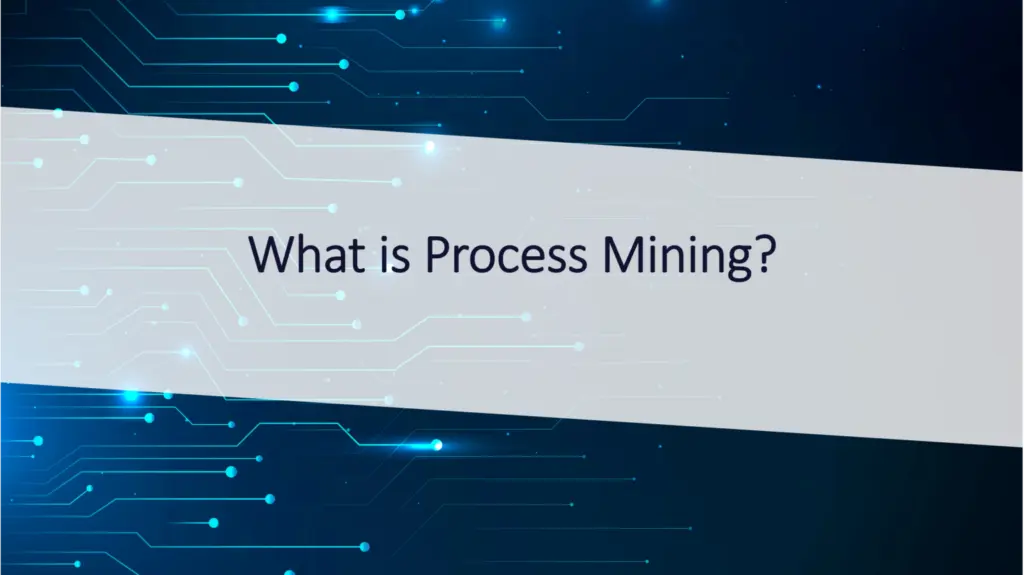Process mining tools are used for discovering, monitoring, and improving real processes (i.e., not assumed processes) by extracting knowledge from event logs readily available in organizations’ existing information systems. As a result, it offer’s objective, fact-based insights, derived from actual event logs, that help you audit, analyze, and improve your existing business processes by answering both compliance-related and performance-related questions.
How Does Process Mining Work?
Each activity that happens inside an organization’s system, e.g. ERP, whether executed by an individual or a bot, creates a transactional record. These records transform into event logs and these logs are transformed into detailed visualizations of processes and their variants across business specified segmentations.
Once you have this visual representation, you can identify the gaps between “what we think happens,” “what happens most commonly,” and what actually occurs. Some gaps will present challenges that require more analysis and can only be solved with changes to people, processes, or technology. However, many of those gaps correlate to opportunities where optimizations can be deployed through redesign or automation. Both can help free up resources time to focus on processes that only they can handle.
Benefits of Process Mining
Process mining is critical to improving business operations and developing automation strategies with the goal of creating workforce efficiency and reducing costs. Other benefits of using this framework include:
- Ability to efficiently create targeted or End-to-End process insights across the enterprise; as an X-ray for any process in any department
- Objective, fact-based insights, derived from organizational systems
- Faster, cheaper, and more accurate to uncover processes waste and bottlenecks; allowing resources efforts to focus on the problem vs. Trying to extract the problem from the resources performing the processes or procedures.
- Create an audit trail on processes to satisfy any compliance requirements.
- Continuously monitor processes and measure improvements.
All these advantages are within reach when you understand each process and organizations are more likely to hit operational efficiency objectives when leveraging Process Mining.
Using Process Mining to Achieve Goals
In the realm of operational efficiency, Process Mining is a critical tool. With it, organizations are able to identify defunct process areas (customers, suppliers, transporters, warehousing, etc.) and improvement opportunities for automation, remove waste, enhance employee engagement and customer satisfaction.
Organizations will learn new insights about each process review through Process Mining. Then, depending on business objectives, opportunities can be prioritized the areas that need most support and will have the greatest value. As a result, organizations can accelerate digital transformation and operational growth.
Process Mining Should Be Continuous
Process Mining links process actuals to operational assessments, leading to improved business outcomes. It is not a one-and-done undertaking. Organizations will continually be measuring the impact of improving processes and driven to realize the value opportunities.
Interested to find out more? Get in touch!

